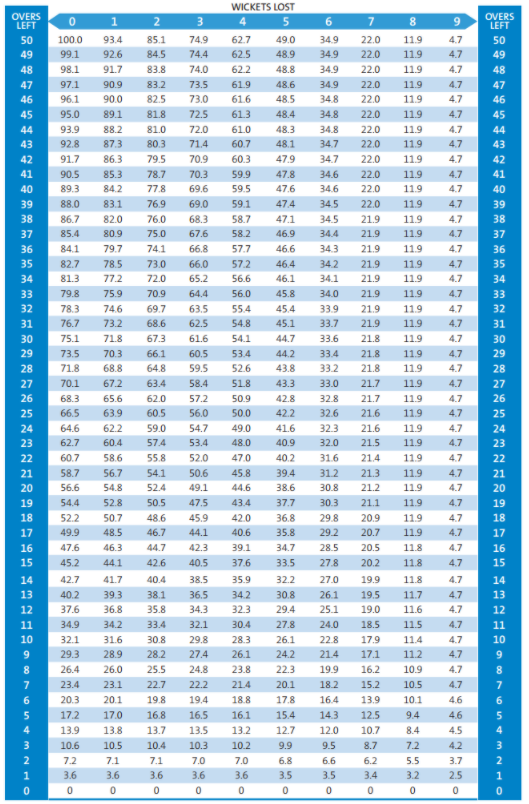NZ vs PAK DLS Par Score: As expected, New Zealand vs Pakistan match was stopped after rain intervened in the game while Pakistan were batting their 22nd over.
NZ vs PAK DLS Par Score
NZ vs PAK DLS Par Score and Rules: Babar Azam-led Pakistan will lock horns with Tom Latham-led New Zealand to play the 35th game of the ICC Men’s ODI World Cup 2023 on November 4 at M. Chinnaswamy Stadium, Bengaluru.
Both New Zealand and Pakistan need to win this game to increase their semifinal qualification scenario. That too Pakistan needs to win this game with a healthy run rate to stay alive in the semifinal race.
Notably, as per the NZ vs PAK match weather report, the rain was predicted to intervene in the game later in the day.
With much expectations game started at Chinnaswamy Stadium at 10:40 AM IST where Pakistan won the toss and opted to bowl first. With Rachin Ravindra and Kane Williamson’s 180-run stand, New Zealand made an impressive start to the game.
At the end of 50 overs, New Zealand scored 401 runs for 6 wickets loss. Pakistan too kick-started their inning in an aggressive way. Though Pakistan lost their opening batter Abdullah Shafique for just 4 runs, Fakhar Zaman and Babar Azam made an impressive stand and pushed the team’s score to 160 runs for 1 wicket loss before rain.
Pakistan who executed an aggressive strike throughout their innings are ahead by 10 runs as per DLS. The game will start losing overs after 17:40 IST.
The NZ vs PAK match will resume at 18:20 IST(06:20 PM) with a revised target of 342 to be chased in 41 overs. As per the stats, Pakistan needs 182 runs more from 19.3 overs.
How DLS is Calculated?
To calculate a target, the formula may simply be expressed as:
Team 2’s par score = Team 1’s score x (Team 2’s resources/Team 1’s resources).
During the match after the interruption, there are only two factors remain with the team for the calculation of this method.
Every team available with these two resources namely:
- Remaining Overs
- Remaining Wickets
On the basis of these two resources, Frank Duckworth and Tony Lewis have prepared a chart which suggests that how many resources are left with the batting side in different situations.

Real-time Example of a DLS Method Calculation:
Let us take an example that happens earlier before in DLS history where India beats Australia by 26 runs. This happens in the first ODI of Australia tour of India in Septem
- In the 1st innings, India scored 7/281 in 50 overs.
- During the innings break, rain interrupts play, and the match is reduced to 21 overs.
- The 2nd innings commences, with Australia requiring 164 for victory.
- Australia finishes their innings on 9/137 off 21 overs.
- India wins by 26 runs on the D/L Method.
WATCH: How DLS Method is Calculated in Cricket By ICC

